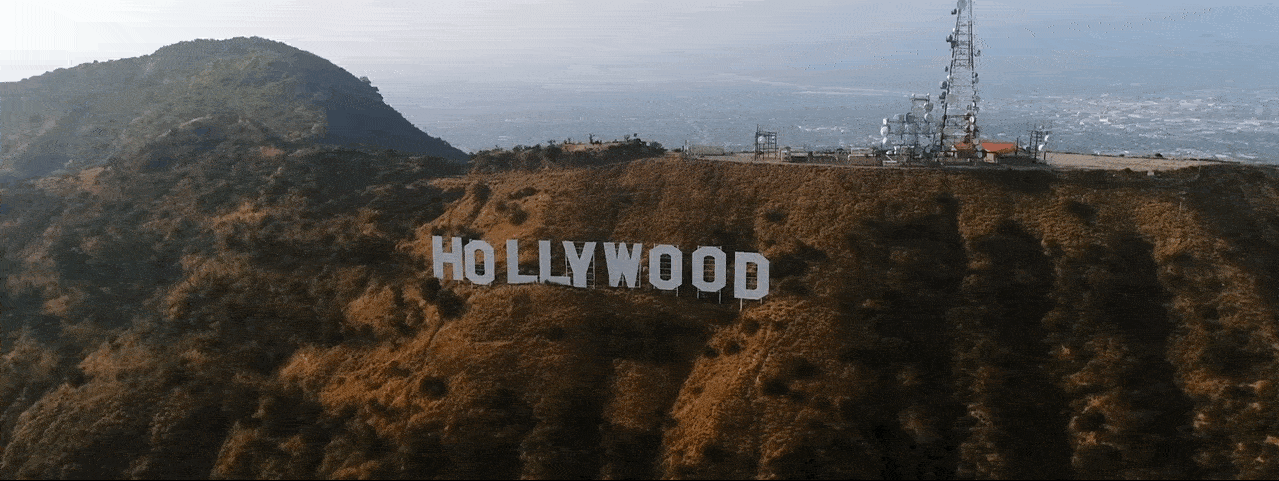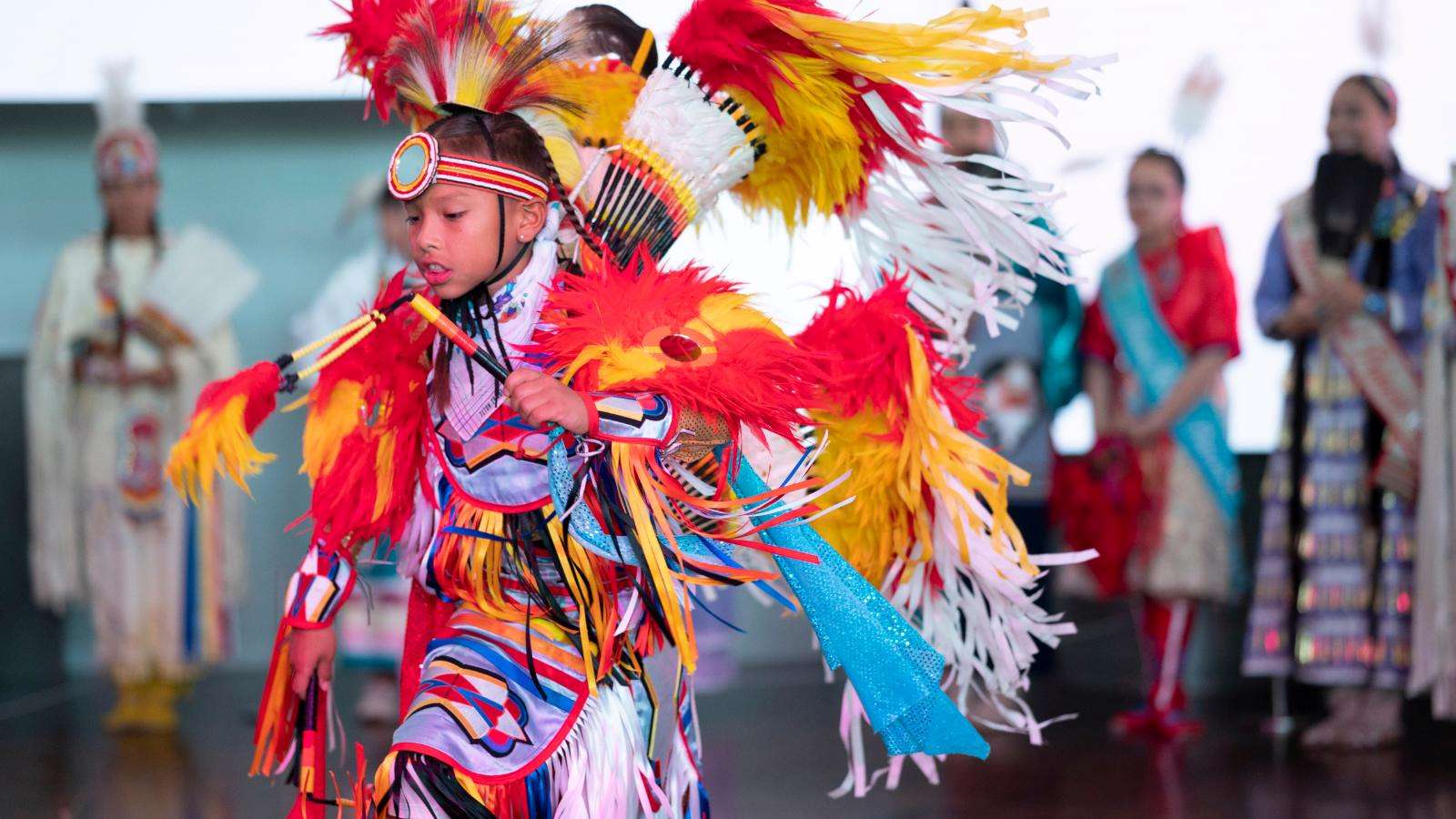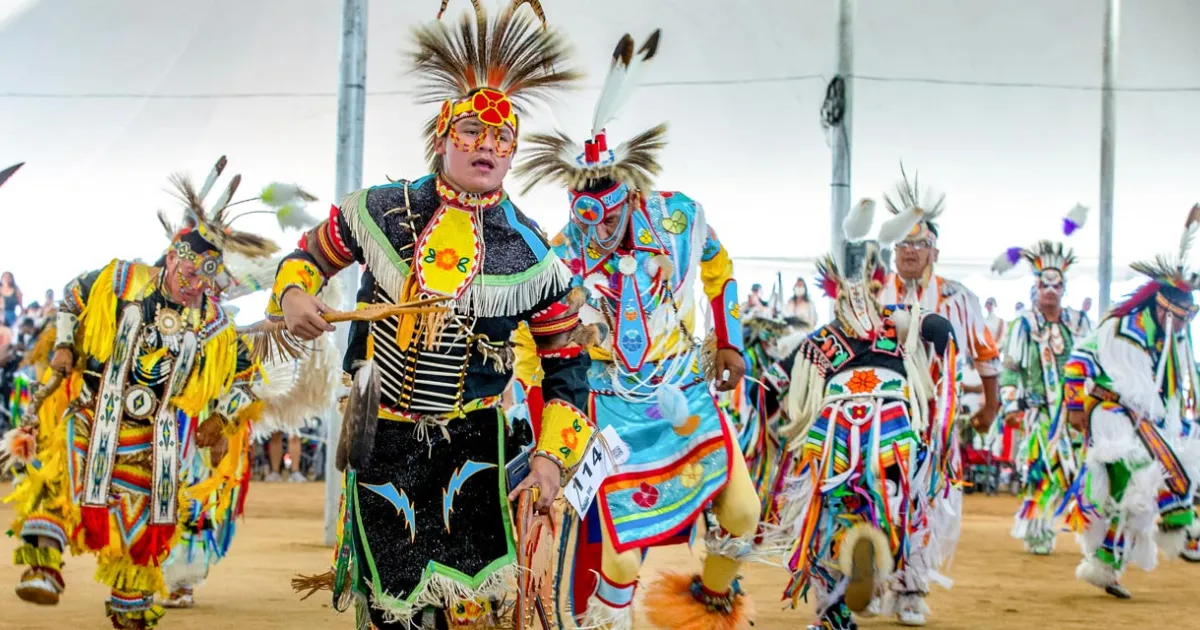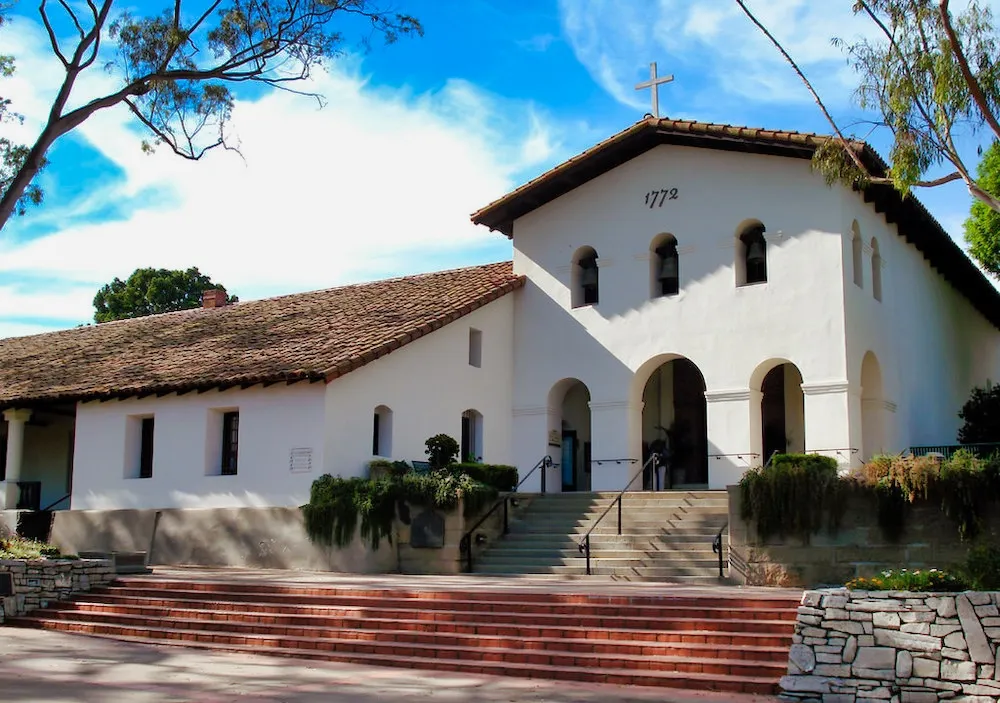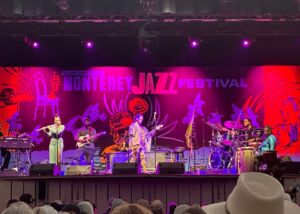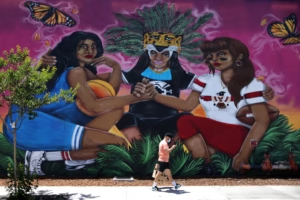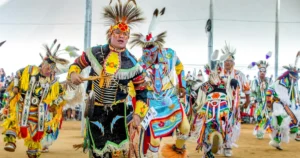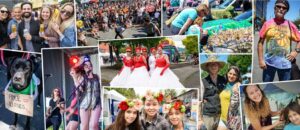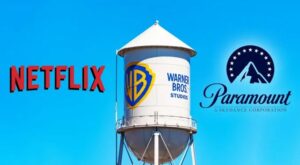Indigenous Voices: Celebrating California Native American Culture. California’s cultural richness is often associated with its Hollywood glamour, Silicon Valley innovation, and surf-town freedom. But long before the gold rush, the Spanish missions, or the tech boom, this land was home to hundreds of Indigenous nations whose histories, traditions, and languages remain deeply woven into the identity of the state. In 2025, there is a growing recognition of the value, wisdom, and resilience of California’s Native American communities — not as relics of the past, but as active stewards of culture, land, and story. To truly understand California’s heritage, one must listen to the voices of its first peoples, whose contributions, challenges, and celebrations continue to shape the state’s spiritual and cultural landscape in powerful and profound ways.
The Heritage Of The Native American
California is home to more Native American tribes than any other state in the U.S., with over 100 federally recognized tribes and dozens more seeking recognition. From the Yurok and Karuk tribes of the northern redwood forests, to the Tongva and Chumash in the Los Angeles basin and Central Coast, to the Cahuilla and Kumeyaay in the desert regions, each nation holds unique stories and traditions passed down through generations. These are not abstract histories — they are living cultures, practiced today through language revitalization programs, sacred site protection, traditional ecological knowledge, and intergenerational storytelling. In recent years, more Indigenous leaders, artists, scholars, and organizers have stepped into public spaces to share these traditions, educate others, and reclaim narratives that have long been marginalized or misrepresented.
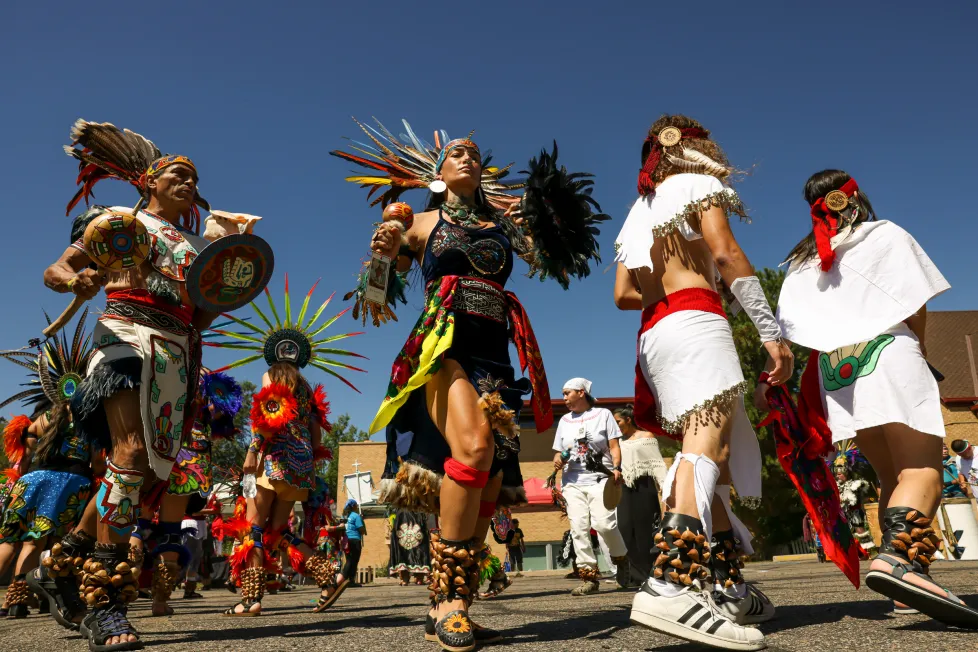
One of the most important ways to engage with Indigenous California today is by attending public events and celebrations rooted in Native tradition. Powwows, for example, are vibrant community gatherings that blend dance, drumming, song, food, and ceremony. They offer a space where tribal members and guests can honor ancestors, celebrate identity, and build community across tribal lines. Events like the Stanford Powwow, the Sycuan Powwow in San Diego County, and the Big Time festivals hosted by the Miwok and Pomo tribes in Northern California are open to the public and provide a respectful way for non-Native individuals to witness Indigenous culture in action. These gatherings are not performances — they are expressions of cultural sovereignty, and each dance regalia, drumbeat, and hand-sewn bead tells a story of resilience and pride.
California’s Native Language Revealed
Language revitalization is another powerful facet of cultural preservation happening across California. Many Indigenous languages were suppressed or nearly lost due to forced assimilation policies, including the traumatic history of boarding schools. Today, however, tribal language programs are making a comeback. The Kumeyaay Language Center in El Cajon, the Advocates for Indigenous California Language Survival, and the California Indian Museum and Cultural Center all play crucial roles in restoring fluency and passing it on to younger generations. Some tribes have even integrated language into digital platforms, launching mobile apps, virtual classrooms, and online dictionaries to reach broader audiences. The return of language brings with it a restoration of identity — as each word connects back to land, ceremony, and worldview.
Native American Art
Art also plays a central role in keeping Indigenous voices strong and visible. Across the state, Native American artists are producing powerful work that reflects both traditional aesthetics and contemporary issues. From basket weavers using centuries-old techniques to digital painters commenting on climate justice and land reclamation, California’s Indigenous art scene is diverse, dynamic, and deeply rooted. Institutions like the Autry Museum of the American West in Los Angeles and the Crocker Art Museum in Sacramento are increasingly featuring Native artists not just in designated sections, but in mainstream exhibits. Meanwhile, grassroots art collectives and Indigenous-led galleries are pushing beyond tokenism to reclaim curatorial control and tell their own stories.
Native America: Protecting The Environment
One of the most inspiring aspects of Indigenous culture in California is the movement to protect and heal the land — a movement that draws on generations of ecological wisdom. Long before Western environmental science, California tribes practiced fire stewardship, seasonal planting, and careful harvesting techniques that maintained ecological balance. These practices are now gaining recognition through collaborative efforts between tribes and state agencies. Controlled cultural burns, for example, are being reintroduced in regions like the Sierra Nevada and Northern California forests, helping to prevent wildfires and restore native plant life. The Yurok Tribe’s salmon restoration work on the Klamath River is another model of Indigenous-led environmental recovery that blends traditional knowledge with scientific innovation. In a time of climate crisis, these efforts remind us that the land cannot be healed without listening to the people who have cared for it the longest.
Despite this cultural revival, challenges remain. Many tribes in California still lack federal recognition, which limits their access to resources, legal protections, and land sovereignty. Urban Native populations, particularly in cities like Los Angeles, San Francisco, and Oakland, often face invisibility and displacement. Public education still fails to fully include accurate Indigenous history, and stereotypes persist in media representations. But Indigenous leaders are pushing back — not only by organizing politically, but by building networks of support, mentorship, and community healing. Young activists and cultural workers are especially vital in this movement. They are using film, music, fashion, and social media to tell stories that challenge the status quo and expand the narrative of what it means to be Indigenous in California today.
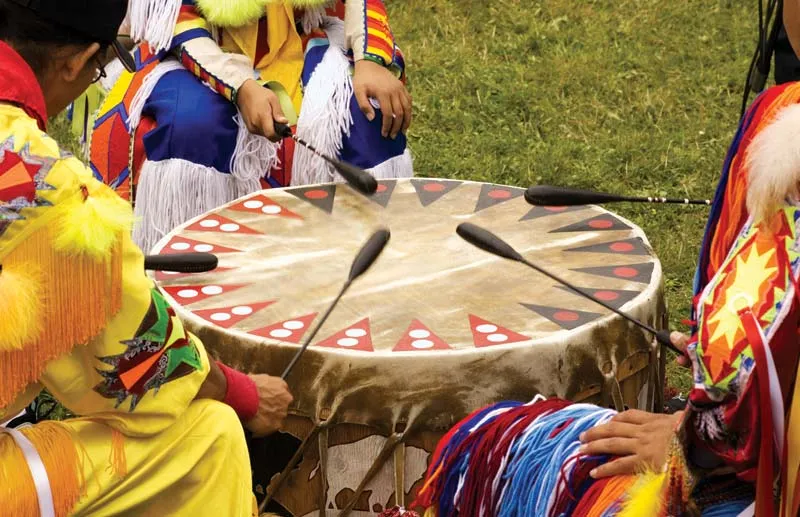
For those looking to engage respectfully with Indigenous culture, education is key. Visiting tribal museums like the Agua Caliente Cultural Museum in Palm Springs, the California Indian Museum in Santa Rosa, or the Barona Cultural Center and Museum near San Diego offers a place to learn about tribal histories directly from Native curators. Attending events, supporting Native-owned businesses, buying Indigenous art from authentic sources, and reading Native authors are other meaningful ways to uplift Indigenous voices. Above all, it’s important to listen — to make space for the truths that Native people have long spoken, and to understand that celebrating Indigenous culture also means supporting Indigenous rights.
Conclusion
As California continues to grapple with questions of equity, justice, and identity, Indigenous voices provide both wisdom and direction. These are voices that carry songs older than the missions, stories deeper than gold mines, and truths stronger than colonial myths. They offer insight into how communities can thrive without exploitation, how land can be honored instead of extracted, and how culture is something to be lived, not commodified. In 2025, celebrating Indigenous California means not just looking back, but walking forward — side by side with those who have always been here.

